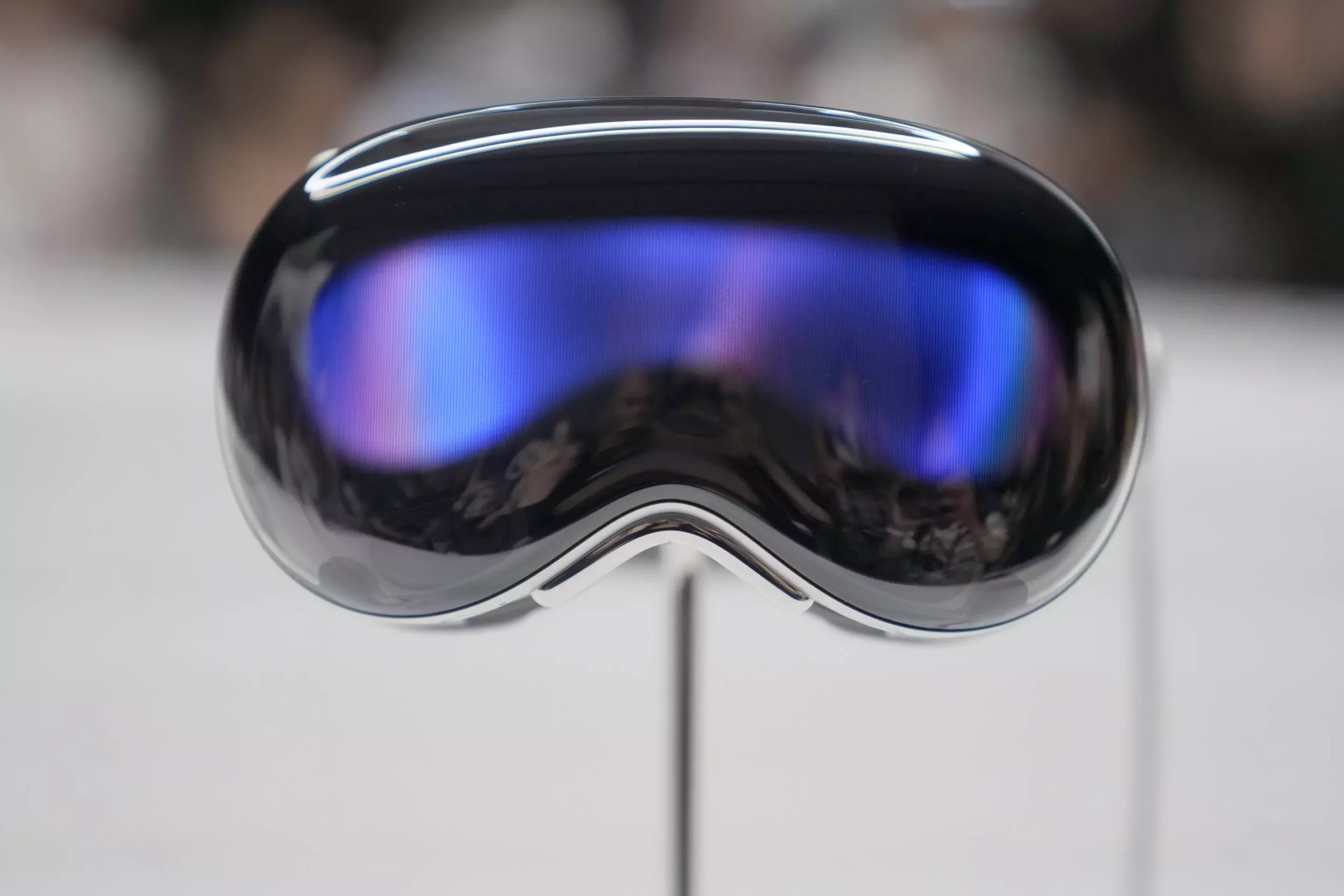Apple’s highly anticipated release of the Vision Pro headset marks a significant milestone in the world of technology. Spatial computing, the intersection of the physical and virtual worlds, takes center stage with this futuristic device. Apple’s marketing strategy cleverly avoids the terms “augmented reality” and “virtual reality,” highlighting the transformative potential of the Vision Pro. As Apple CEO Tim Cook gushed about the magic the headset brings, anticipation builds around the mainstream adoption of spatial computing.
Spatial computing encompasses the fusion of the physical and virtual realms, enabling seamless interaction between humans and technology. This revolutionary concept incorporates elements of augmented reality (AR) and artificial intelligence (AI). Cathy Hackl, an industry consultant working on Vision Pro apps, describes this moment as pivotal, with spatial computing enabling devices to perceive the world in unprecedented ways. Eventually, spatial computing devices will become the norm, shaping every interface from cars to watches.
With more than 600 newly designed apps available for the Vision Pro upon release, excitement surrounding the device mounts. These apps span various categories, including television networks, video streaming services, video games, and educational tools. Even Zoom and other online meeting providers have joined the Vision Pro ecosystem. The headset’s potential extends beyond entertainment and work, promising to revolutionize human-computer interaction.
Apple’s Vision Pro could potentially revolutionize how individuals perceive the world, even when they are not wearing the goggles. This compelling visualization might amplify screen addictions and deepen the digital dependence that isolates individuals. The company must adequately address these concerns to ensure the healthy integration of spatial computing into everyday life.
While Apple takes the lead with the Vision Pro, other technological giants also delve into spatial computing. Google has been developing a three-dimensional videoconferencing service called “Project Starline,” offering a close competitor to Apple’s offering. Facebook’s Meta Platforms has also been selling the Quest headset, a potential spatial computing platform. However, Apple’s marketing prowess and customer loyalty could propel the Vision Pro to become the industry standard, surpassing its competitors.
The concept of spatial computing has existed for over two decades, with Apple’s Vision Pro finally realizing its potential. In a research paper published by the Massachusetts Institute of Technology in 2003, Simon Greenwold discussed spatial computing, even citing the automatic flushing toilets as a primitive form of it. The Vision Pro surpasses these early manifestations, boasting high-resolution screens capable of playing three-dimensional videos, reimagining past experiences in vivid detail. The device responds to users’ hand gestures and eye movements, seamlessly mimicking natural human interactions.
The Vision Pro’s influence extends beyond personal use. Imagine sitting across from someone wearing the goggles during a dinner conversation. Spatial computing challenges traditional norms of social interaction, raising questions about its impact on human connection and social dynamics. With Apple pioneering this technology, society must navigate the potential implications and establish guidelines for its responsible use.
Apple’s Vision Pro headset represents a pivotal moment in the evolution of technology. Spatial computing holds the promise of revolutionizing the way we perceive and interact with the world around us. With its high-resolution displays and seamless integration of human gestures, the Vision Pro presents a new frontier for technology. However, while great anticipation surrounds the release of the Vision Pro, society must remain vigilant in addressing the potential challenges and ensuring that spatial computing is integrated responsibly into our lives.


Leave a Reply